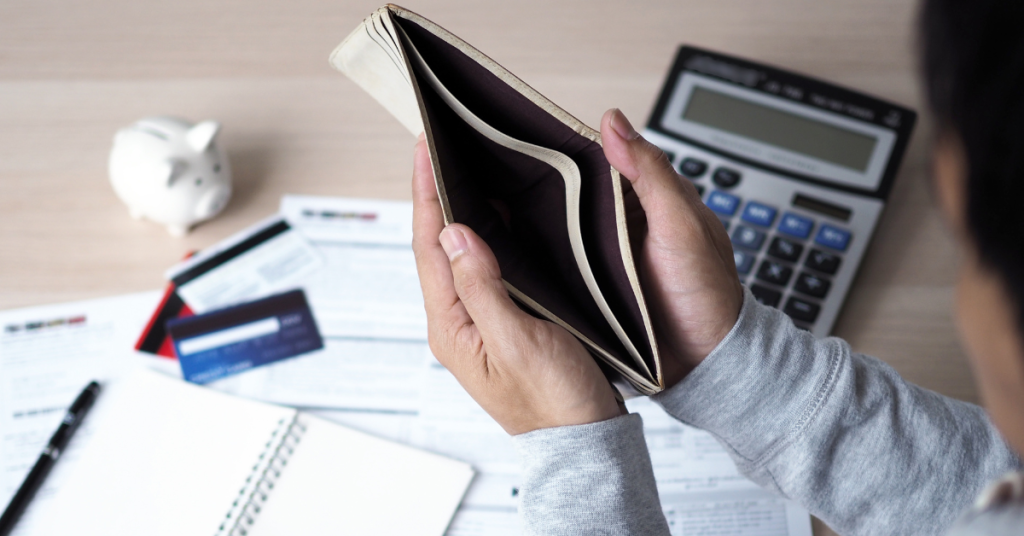For a decade, Charmaine Ocampo carried the weight of a financial decision that seemed small at the time but snowballed into one of the most haunting money mistakes of her life: choosing the wrong stock and letting emotion override strategy.
“I still remember the day I placed that trade,” she says. “Everyone online was hyping it. I ignored the warnings, put my money in, and waited for the gains that never came.” That stock still hasn’t recovered—ten years later.
Like many first-time investors, Charmaine admits she jumped in without a clear plan. “I was new, eager, and honestly, a little greedy. I thought investing was supposed to be quick and easy. I didn’t realize it required discipline, consistency, and a long-term mindset.”
The Price of Emotion-Based Investing
The real cost of that mistake wasn’t just financial—it was emotional. “That loss stayed with me for years,” Charmaine says. “It made me doubt myself. I was afraid to try again. Every time I’d think of investing, I’d remember that failure.”
But what made the loss harder to swallow was realizing it wasn’t a one-time lapse in judgment—it was part of a larger pattern. “I’d invest lump sums without doing due diligence. I’d follow market noise. I wasn’t consistent. I wasn’t disciplined.”
She also admits that her budgeting style didn’t help. “I used to rely on budget apps, tracking expenses after they happened. But by then, the money was already gone. I needed a system that put me in control before I even spent a peso.”
From Passive Observer to Active Forecaster
What turned things around for Charmaine wasn’t a new investment strategy—it was a mindset shift. “I stopped tracking the past and started forecasting the future,” she says.
Instead of listing expenses after the fact, she began mapping out her entire year—month by month—before it even started. “I’d take note of birthdays, holidays, and recurring bills. I’d forecast when bonuses or extra income would come in, and plan exactly how I’d allocate them.”
This habit became her secret weapon. “It wasn’t glamorous, but it gave me control. I started saving regularly. I invested only when I understood the product. And I finally stopped making impulsive decisions.”
Her disciplined forecasting approach paid off—not just in savings but in peace of mind. “I no longer had that anxiety every payday. I knew where every peso was going.”
Rebuilding Her Confidence Through RFP
Charmaine credits her renewed financial confidence to enrolling in the Registered Financial Planner (RFP) program. “I already had some knowledge from books and blogs, but RFP tied everything together,” she says.
What stood out most was learning how to protect and grow her wealth—not just build it. “I used to think investing was the only answer. But through RFP, I understood the importance of insurance, estate planning, and tax efficiency. Things I had ignored for years.”
And perhaps most important: she finally found the answer to a question that had bugged her for years—how to manage her emergency fund without letting it sit idle. “I learned how to ladder it properly across savings, time deposits, and more accessible instruments. That insight alone changed how I viewed liquidity.”
Lessons She Shares Today
Charmaine now shares her story with others not as a warning, but as encouragement. “Everyone makes money mistakes. What matters is whether you stay stuck or take control.”
Her advice to aspiring investors?
“Forecast before you spend. Invest consistently. And never stop learning.”
Most importantly, she says, “Don’t let one bad investment define your financial future. It took me ten years to fix that mistake, but it taught me the value of planning, patience, and protecting what you earn.”
![]()



